blueberries red leaves
ali400
9 years ago
Featured Answer
Comments (21)
ali400
9 years agoRelated Professionals
Reading Landscape Architects & Landscape Designers · Bridgetown Landscape Architects & Landscape Designers · Fort Lee Landscape Architects & Landscape Designers · Wixom Landscape Architects & Landscape Designers · Zion Landscape Architects & Landscape Designers · Garden City Landscape Architects & Landscape Designers · Alexandria Landscape Contractors · Cicero Landscape Contractors · Dickinson Landscape Contractors · Fair Lawn Landscape Contractors · Fishers Landscape Contractors · Gallatin Landscape Contractors · Holtsville Landscape Contractors · Lemont Landscape Contractors · St. Louis Landscape Contractorsali400
9 years agocharina
9 years agoali400
9 years agocharina
9 years agodaisyjoy5
9 years agoPooua
9 years agonorthernmn
9 years agoinkfin
9 years agoali400
9 years agoblueberryhillsfarm
9 years agoali400
9 years agocharina
9 years agoali400
9 years agoFascist_Nation
9 years agoinkfin
9 years agoali400
9 years agocharina
9 years agoali400
9 years agoClaudia Nicola
last year
Related Stories

EDIBLE GARDENSSummer Crop: How to Grow Blueberries
Plant blueberries in spring or fall for garden beauty through three seasons — and a sweet superfood in summer
Full Story
GARDENING GUIDESGreat Design Plant: Grow Blueberries for Their Fruit and More
Eastern gardeners should consider growing blueberry plants for their delicious fruits, bee-friendly spring blooms and brilliant fall foliage
Full Story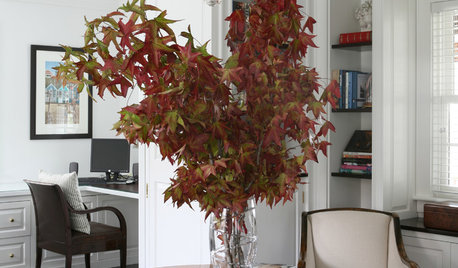
DECORATING GUIDES9 Easy Ways to Decorate With Autumn Leaves
Give your home a burst of color that can be used Halloween through Thanksgiving
Full Story
GARDENING GUIDESWhat's Wrong With My Plant? Leaves Often Hold the Clues
Learn how to identify common plant ailments by reading their leaves
Full Story
REMODELING GUIDESInterior Brick: Paint it or Leave It?
Here's how to know if covering that brick is a sin or solution
Full Story
FALL GARDENING5 Ways to Put Fall Leaves to Work in Your Garden
Improve your soil and yard the organic way with a valuable garden booster that grows on trees
Full Story
LAUNDRY ROOMSRoom of the Day: The Laundry Room No One Wants to Leave
The Hardworking Home: Ocean views, vaulted ceilings and extensive counter and storage space make this hub a joy to work in
Full Story
DECLUTTERINGDownsizing Help: Choosing What Furniture to Leave Behind
What to take, what to buy, how to make your favorite furniture fit ... get some answers from a homeowner who scaled way down
Full Story
LIFEYou Said It: ‘I’m Never Leaving’ and More Houzz Quotables
Design advice, inspiration and observations that struck a chord this week
Full Story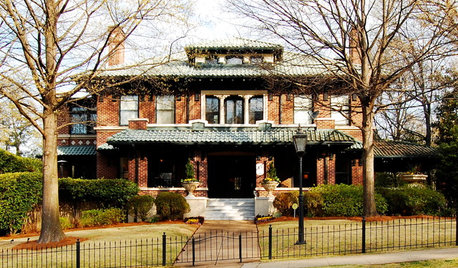
ARCHITECTUREStates of Style: Alabama’s Icons Leave Their Mark
In the first of a new series, discover the natural beauty, the architectural icons and some of our favorite homes deep in the heart of Dixie
Full StorySponsored
Columbus Design-Build, Kitchen & Bath Remodeling, Historic Renovations
More Discussions






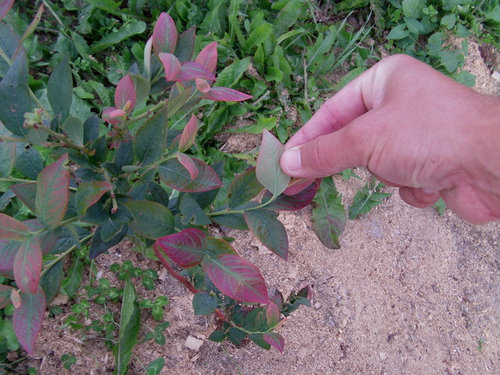

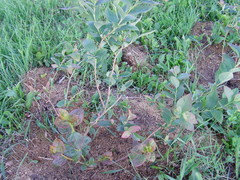
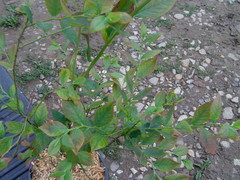
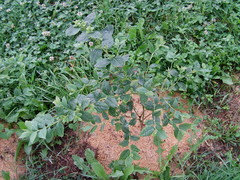



blueberryhillsfarm